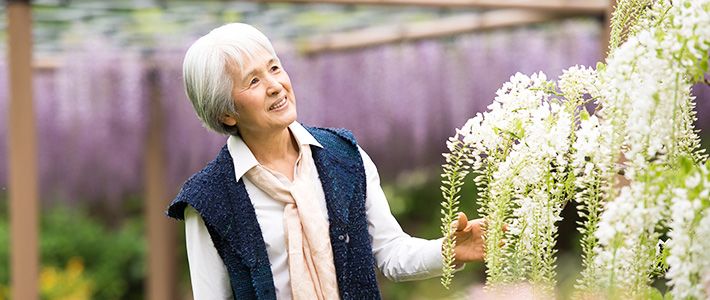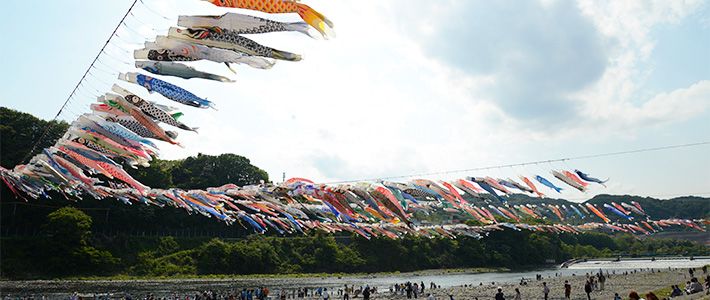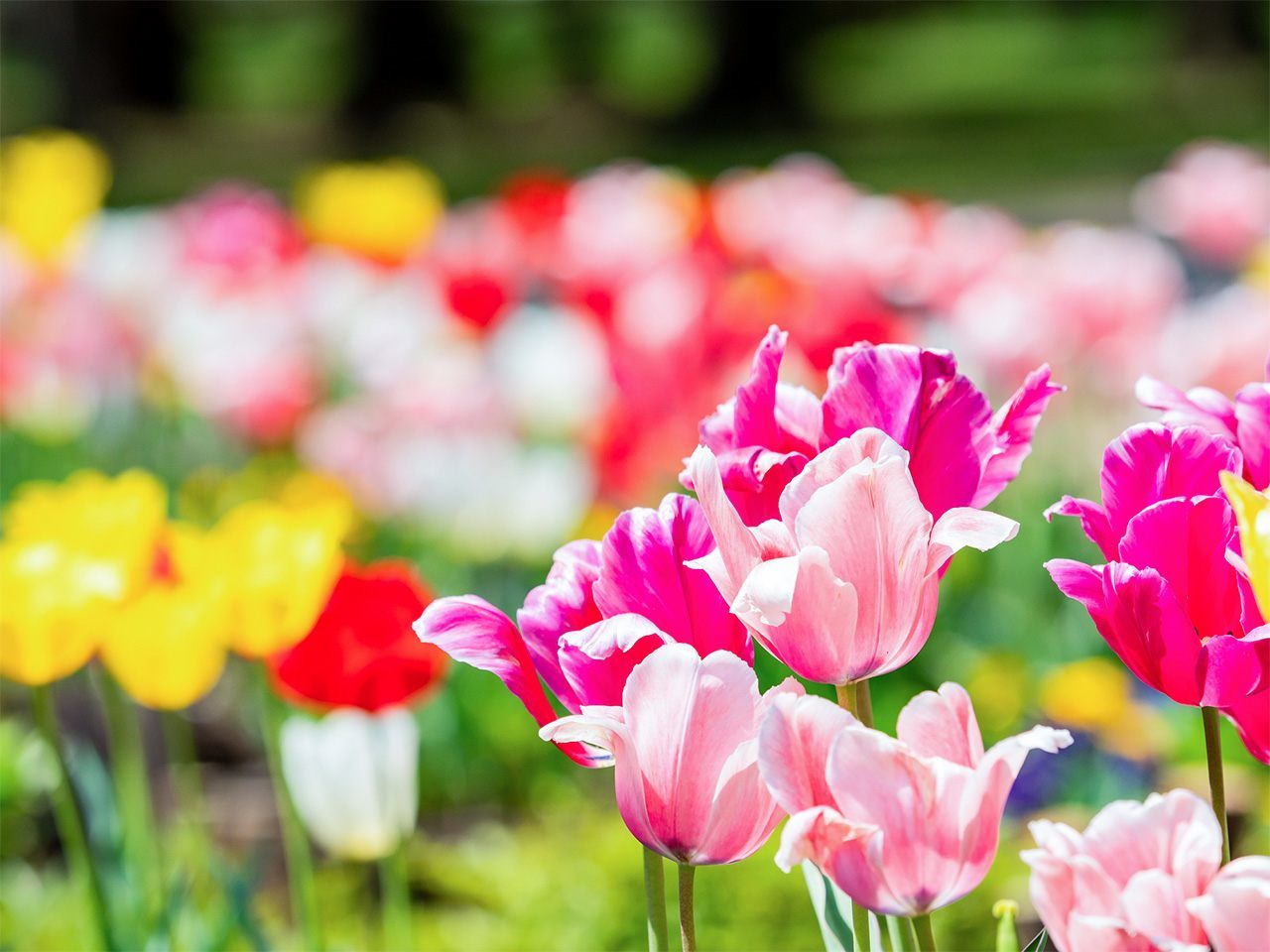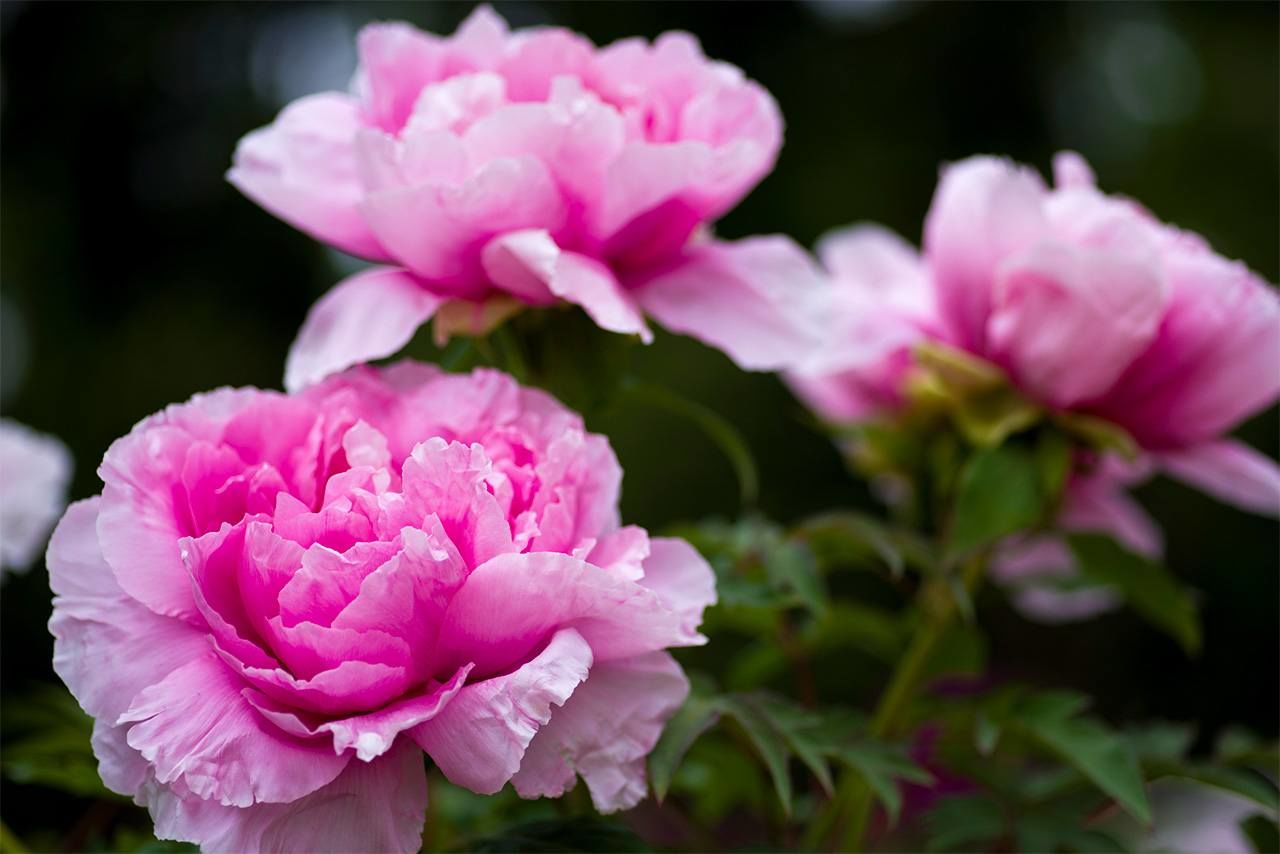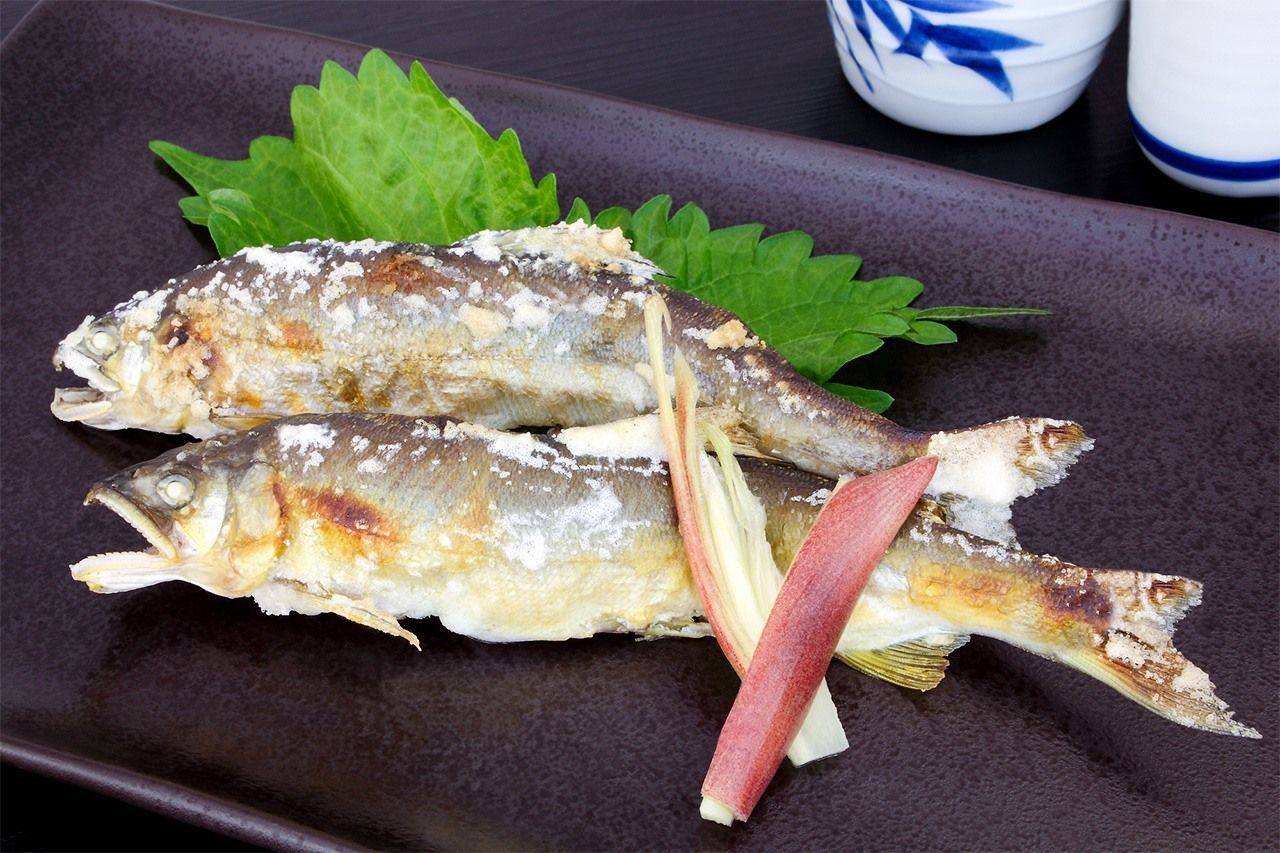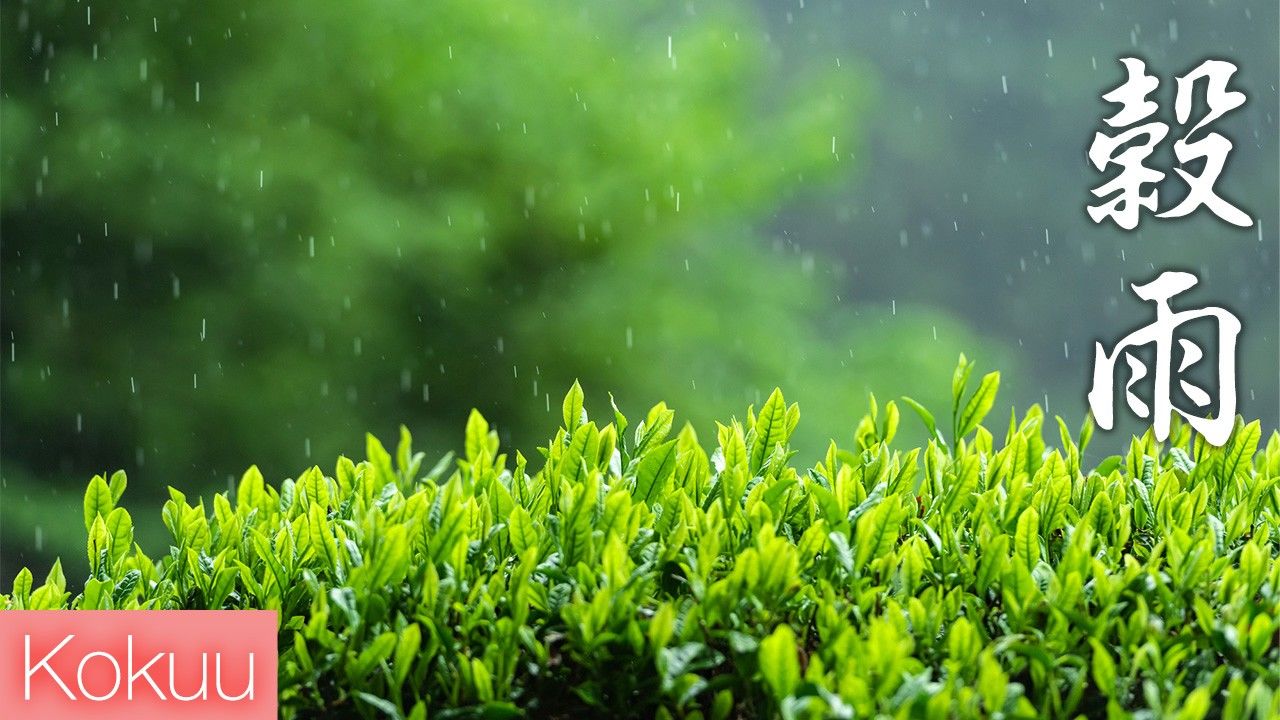
Kokuu (Grain Rains)
Culture Lifestyle Environment- English
- 日本語
- 简体字
- 繁體字
- Français
- Español
- العربية
- Русский
Kokuu (Grain Rains) equates with late spring, and is the last of the spring solar terms. The season begins around April 20 in the modern calendar. There is an expression in Japanese, “Spring rains fall, watering a hundred grains,” referring to the various cereals grown at this time . Seasonal flowers, including wisteria, kerria, azalea, and moss pink seem to bloom at once.
This article will look at events and natural phenomena in the period roughly from April 20 to May 5.
Harusame (Spring Rain)
Japanese abounds with words for rain. Harusame is a term for gentle spring rains, shunrin is rain that continues for three days or more, while harushigure is intermittent rain.
Fuji (Wisteria)
Wisteria begins to flower at this time of year. Noda fuji is a species native to Japan that is popularly grown on trellises or used in bonsai. The purple flowers emit a sweet, gentle fragrance. They are mentioned in ancient literature such as Kojiki, the Man’yōshū poetry anthology, and The Tale of Genji, and ancient poets described the flower clusters swaying in the spring breeze as “wisteria waves.” Wisteria is also known poetically as futakigusa, the two-season flower, since it flowers from spring into summer.
Ashikaga Flower Park, in Ashikaga, Tochigi Prefecture, is renowned for its giant wisteria, which is over 160 years old, and with a spread of some 2,000 square meters, is Japan’s largest. There are famous wisteria throughout Japan, and even sightseeing tours appealing to aficionados.
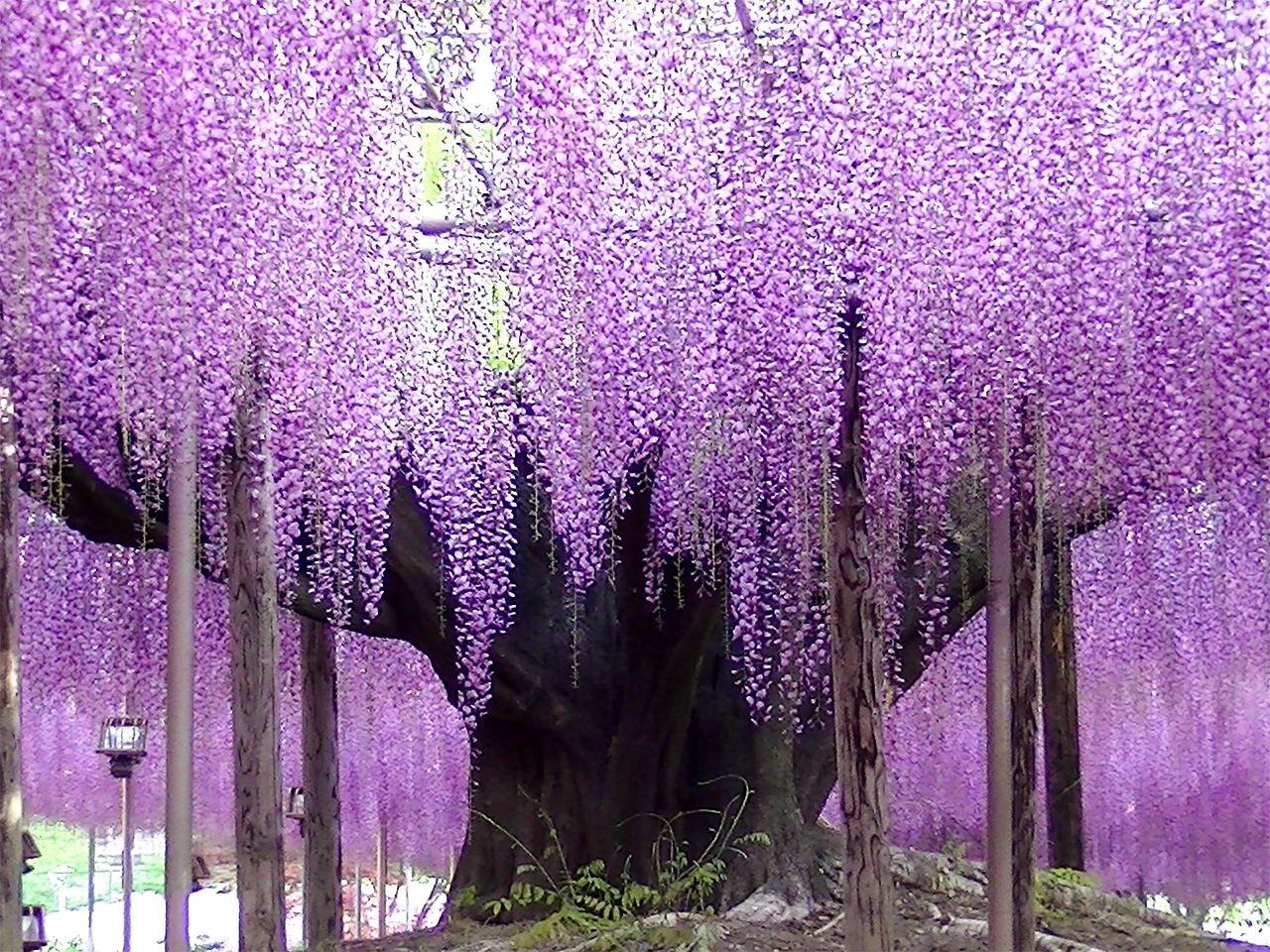
The 160-year-old giant wisteria at Ashikaga Flower Park. (© Ashikaga Flower Park)
Oborozukiyo
Spring nights when the moon appears partially hidden by fine haze are called oborozukiyo. In this season, it is a common phenomenon, and so the term is used to refer to spring in poetry and nursery rhymes.
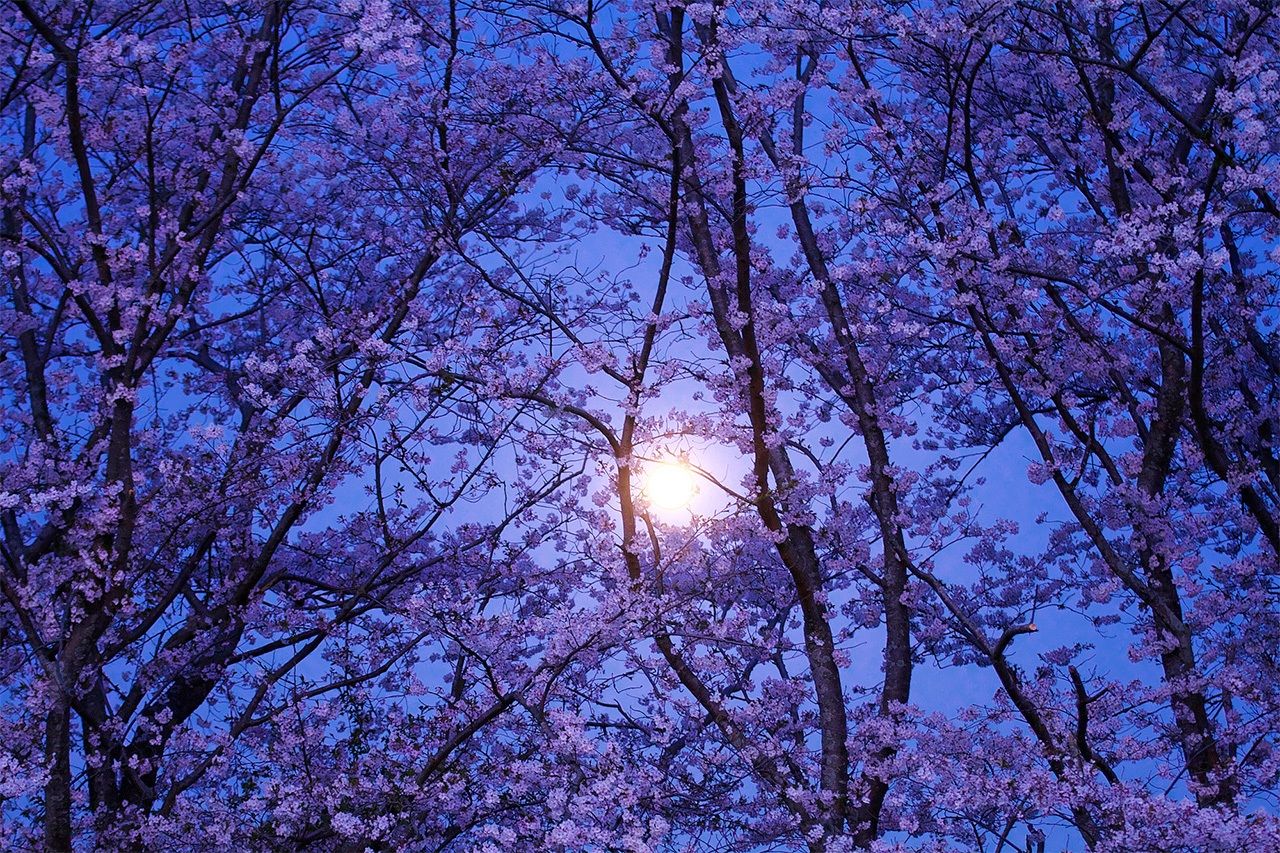
Cherry blossoms against a misty moon oborozuki. (© Pixta)
Hachijūhachiya (around May 2)
The night of the eighty—eighth day counting from Risshun (beginning of spring) is an important occasion. The character for eight (八) is considered fortuitous due to its suehirogari shape widening toward the bottom, which suggests prosperity, so a double-eight is even more so. Frosts end around this time of year, and so it is significant to farmers as a time to plant seeds and to start harvesting tea.
Tea Harvest
Drinking new tea leaf harvested on the eighty—eighth night is said to bring longevity. Chatsumi, “tea picking,” is a much-cherished song that was once included in the children’s songbook for teaching at elementary schools.
With the popularization of bottled green tea, people less commonly brew it themselves, and are growing less accustomed to the deep, astringent taste of freshly brewed leaf tea, but enjoying freshly harvested tea in season is a treat that should not be missed.
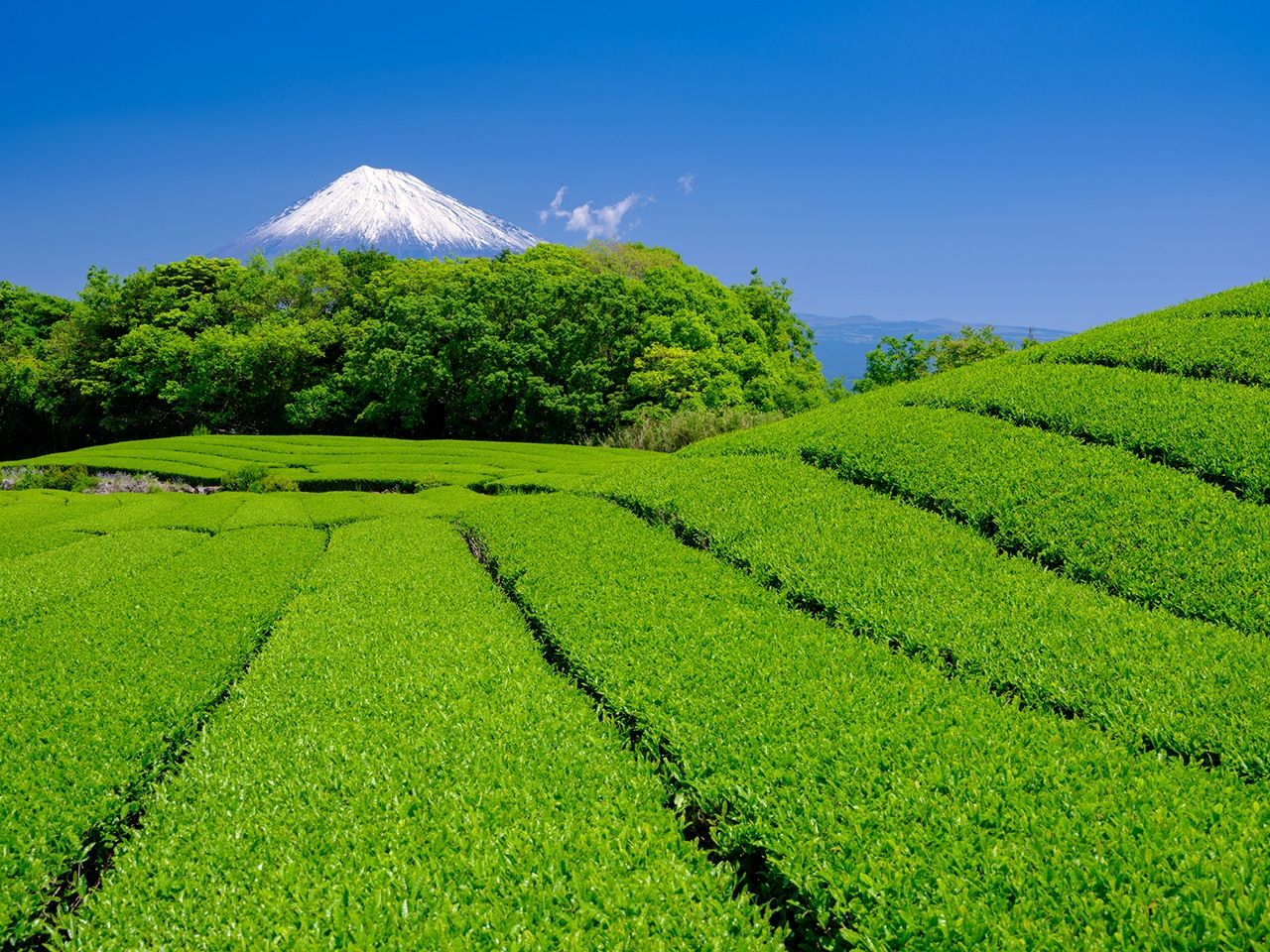
Tea plantations in Shizuoka Prefecture with Mount Fuji in the background. (© Pixta)
Preparing to Plant Rice
In this season, rice farmers tend grains of seed rice in water until they sprout. They plow the rice fields, flood them, and till them in preparation for planting. Rice seedlings are kept in plastic greenhouses nawashiro in planter boxes, until they are ready for planting in the fields.
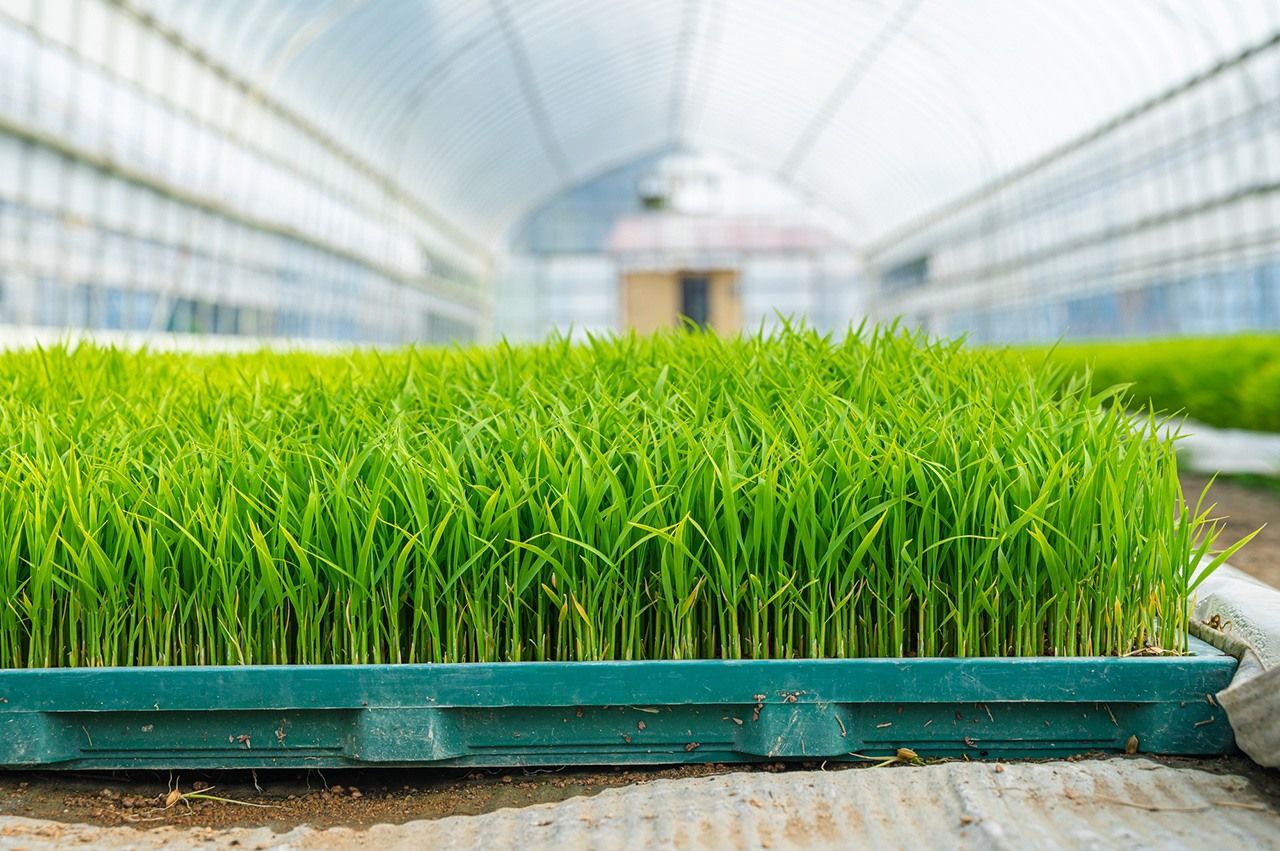
Nawashiro (rice plant beds) in a greenhouse. (© Pixta)
Tango no Sekku (Boys’ Day/Children’s Day, May 5)
This day falls on the cusp between Kokuu (Grain Rains) and Rikka (Beginning of Summer) in the modern calendar. May 5 is the national holiday known as Children’s Day, but its associations with boys in particular. Hinamatsuri on March 3 is traditionally a day for girls, while Tango no Sekku celebrates the healthy growth of boys.
Ancient traditions introduced from China to pray for an abundant harvest by driving away evil with hanashōbu irises and mugwort, developed into a ceremony for boys in samurai families during the Kamakura period (1185–1333). Families display armor, helmets, samurai, or other boy-themed dolls to pray that their sons will be protected from misfortune. They also fly koinobori carp kites outside of their homes, symbolizing advancement in life.
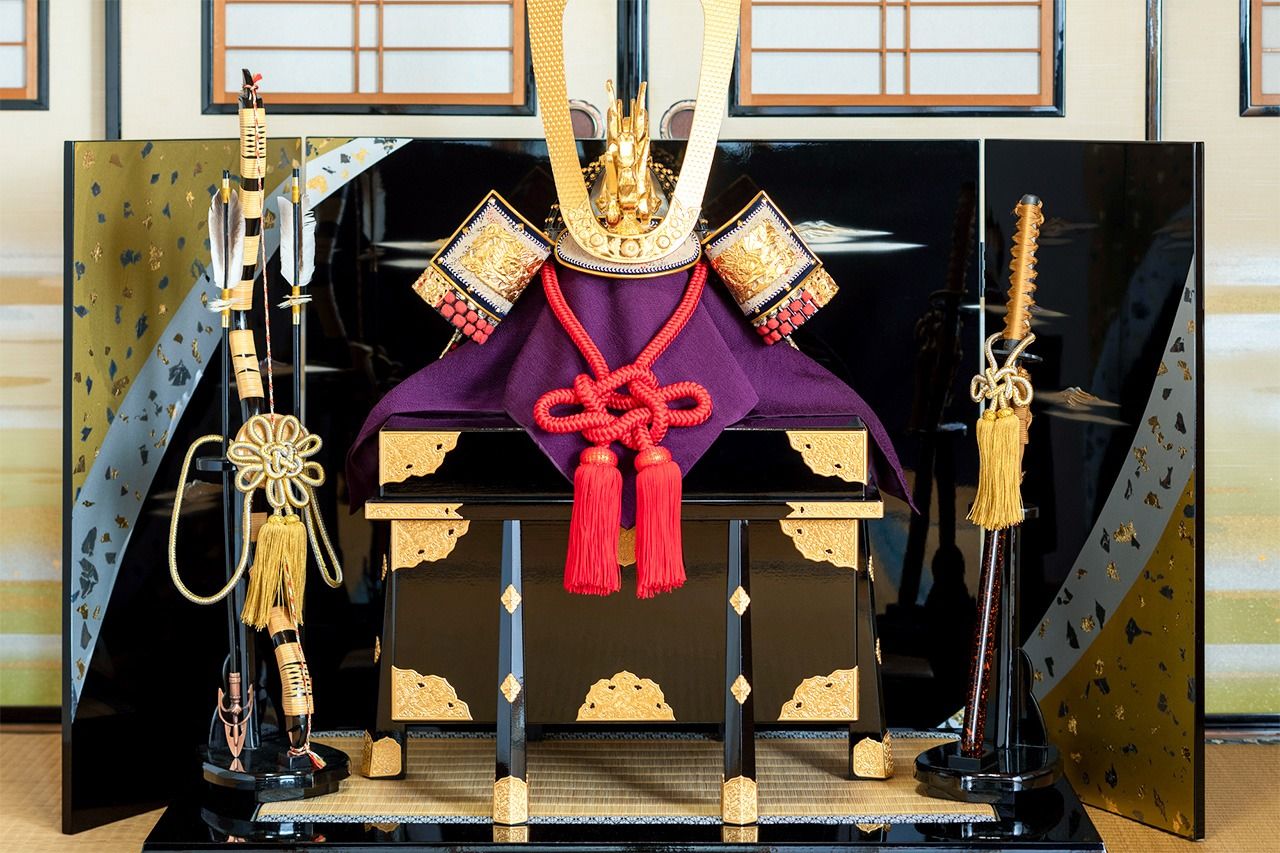
A Boy’s Day display. (© Pixta)
Tulips
Home gardens and public parks are adorned with tulips, and Niigata Prefecture is known for its growers. Selective breeding in recent years has developed a range of new tulip colors and shapes.
Pottery Markets
During Golden Week (April 29 to May 5), different kilns across the country stage their own pottery market festivals. The Arita ware market in Saga Prefecture features both pottery and porcelain.
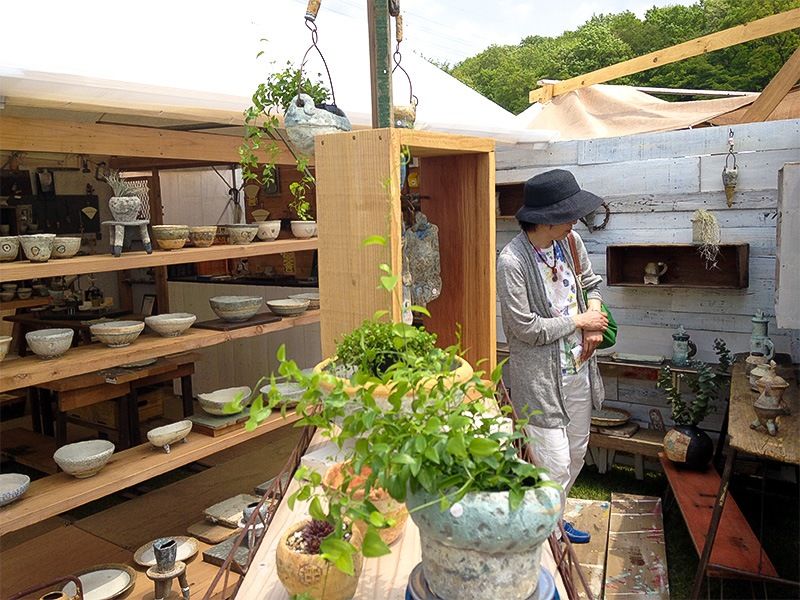
The Himatsuri pottery fair is held in Kasama, Ibaraki Prefecture, every spring and autumn. Potters set up stalls to sell their pots directly to customers.
Peonies
Peonies, originally introduced from China, have been bred over the centuries to create ornamental varieties. Spring peonies bloom in April and May. They have many other poetic names that reflect their prestige among flowers. The temple of Hasedera in Nara Prefecture has over 7,000 peonies of some 150 varieties planted in its grounds.
Ayu through the Seasons
Ayu or sweetfish start their lives downstream in autumn, mature in the ocean, then swim upstream in the spring. Ayu eaten in this season are known as “climbing,” “young,” or “fragrant,” and have a delicate aroma. They live upstream during summer, then as they swim back down to lay their eggs, they are known as “falling” or “descending” ayu, and have a characteristic pungent taste.
Japanese cuisine classifies the seasons of ingredients into three periods. Hashiri is the beginning and first harvest of the year, sakari is the peak season, when produce is most prevalent in shops, while nagori is the tail end of the season. The bitterness of “falling ayu” is a taste of the nagori season. None of these seasons is considered superior or inferior, and it is a pleasure to savor their changing tastes.
Yomogi (Mugwort)
Yomogi or mugwort is a perennial in the Asteraceae family of flowering plants that includes daisies and sunflowers. The young leaves are used in rice cakes and dumplings at the start of spring, leading to the nickname mochigusa or “rice cake herb.” It has a distinctive taste and is reputed to dispel evil.
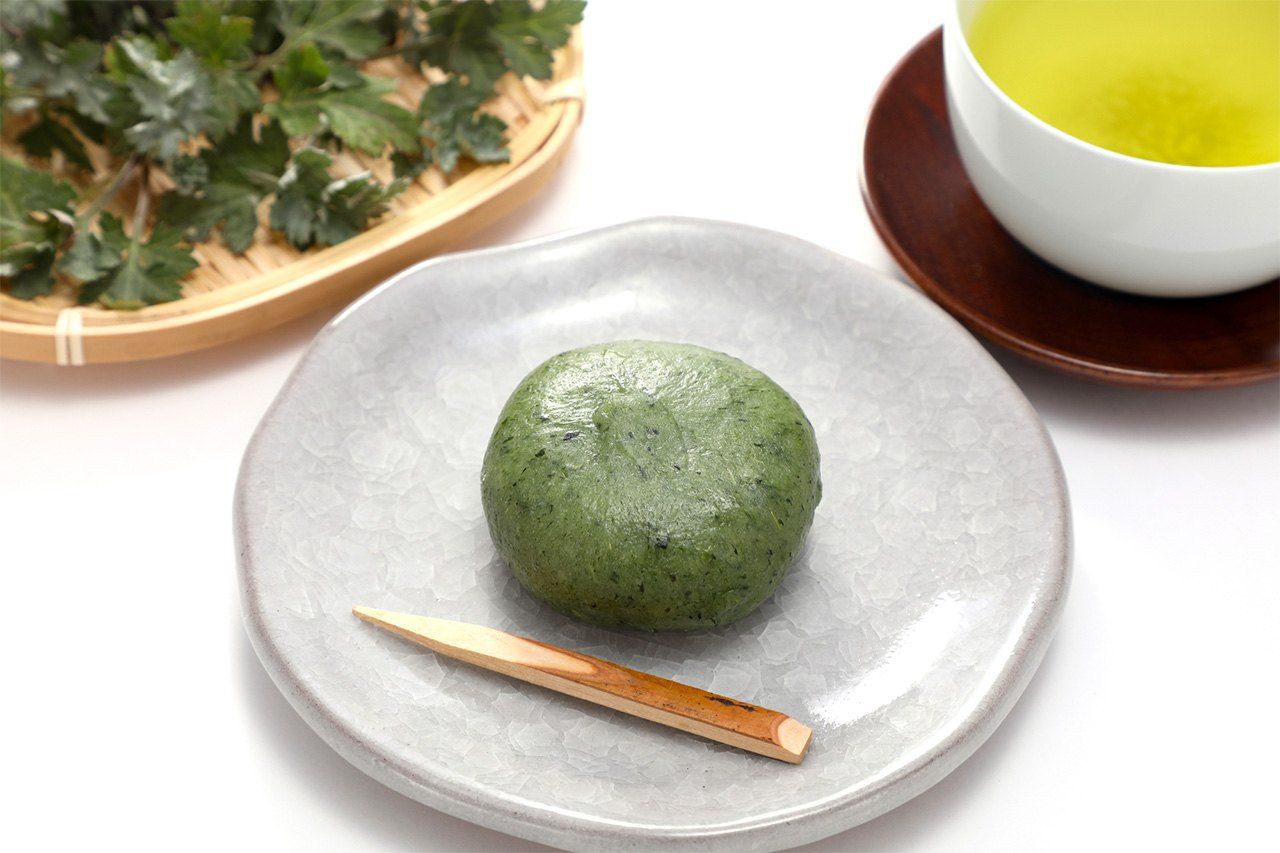
Kusamochi are sticky rice cakes containing ground yomogi and filled with azuki bean paste. (© Pixta)
Aji, the Fish of the Masses
Aji, or horse mackerel, are in season from spring through summer. They are often diced finely (tataki), and served raw with soy sauce, ginger, and spring onion. They can also be split open and dried with salt, served deep fried, or served with nanban marinade.
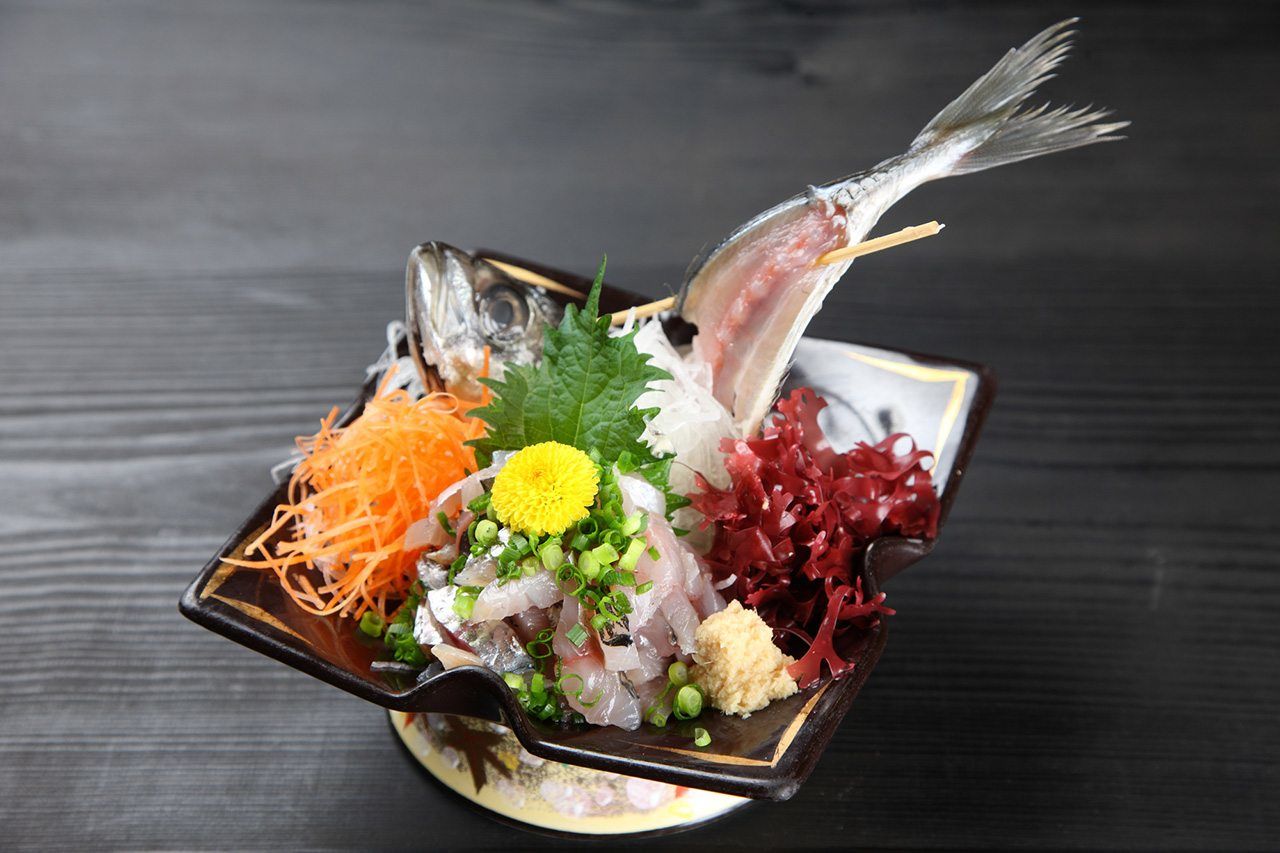
Horse mackerel served tataki-style. (© Pixta)
Sazae (Turban Shell)
Sazae or turban shell is a well-known spiral shellfish harvested throughout Japan. They are grilled with the lid facing up. When the lid springs open, they are seasoned with soy sauce and sake. Sazae are also served raw, as sashimi, and have a rubbery, crunchy texture.
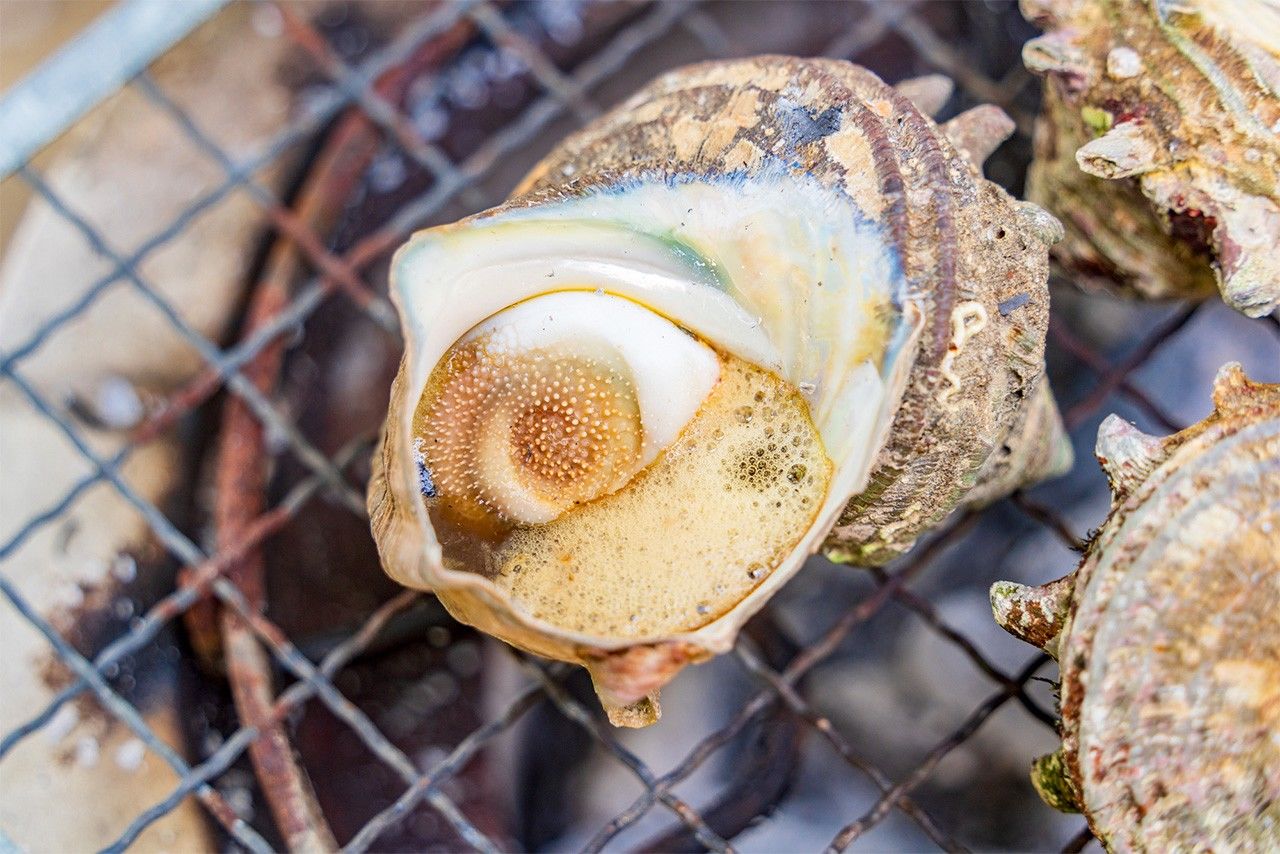
Grilled turban sazae shell. (© Pixta)
(Translated from Japanese. Supervised by Inoue Shōei, calendar researcher and author, Shintō minister, and guest lecturer at Tōhoku Fukushi University. Banner photo: A tea plantation in the rain. © Pixta.)
